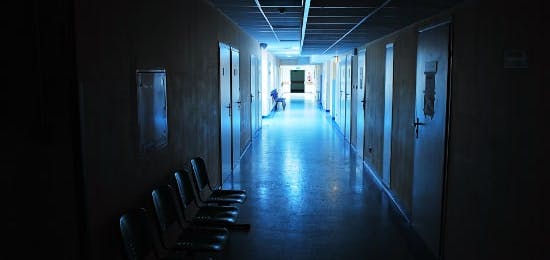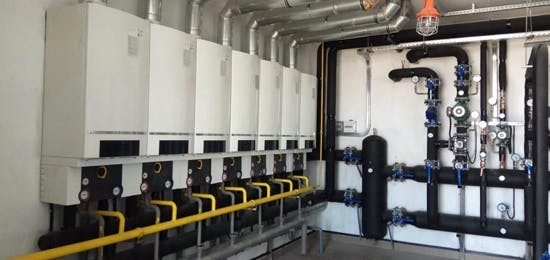Background
The property portfolio of one of Clear’s longstanding housing association clients includes a site in East London that features residential blocks of flats combined with a Christian mission hospital.
Reason for contacting Clear
Clear was contacted on a Friday morning at 11.30 am and advised that the power in both the flats and the hospital had gone down. With no provision for a secondary power supply in place on-site, there was a genuine risk that if power could not be restored by 16.00 not only would the residents be affected but the hospital would be required to declare a state of emergency, which would mean no new admissions and the reallocation of critical patients to alternative hospital locations.
Problems/issues identified by Clear
Clear immediately engaged a contractor to visit the site and guided them within the property, overseeing the required fault-finding protocol. The contractor identified a fault relating to a blown HRC (high-resistance connection) fuse on the incoming mains supply due to an unexplained power surge.
Once the reason for the sudden loss of power had been confirmed, it was imperative that electricity was reinstated as quickly as possible to avoid disruption of service to both the hospital and residents.
The Clear Response
- A replacement HRC was sourced from a local electrical supplies wholesaler and successfully installed, resulting in all the properties on-site, including the hospital, having power fully restored by 15:30.
- Having resolved the immediate problem, Clear conducted a review with the client to explain exactly what had happened but also provided comprehensive preventative guidance to ensure such a situation did not reoccur.
- A surge protection device (SPD) was recommended and subsequently fitted to protect the mains power supply to the properties.
- In addition, an SPD was also placed on a second incoming supply. This supply served a different section of the property and was therefore delivering power to a separate set of dwellings. This was installed as a precautionary measure.
- Finally, Clear recommended a secondary power supply resource should be identified, in the guise of either a generator or by accessing a power supply from a different transformer to the one used by the mains power source.
End result
Power was successfully restored to all residential flats and the hospital, avoiding significant disruption and ultimately, the need to declare an official state of emergency.
A secondary power supply is in discussion.






